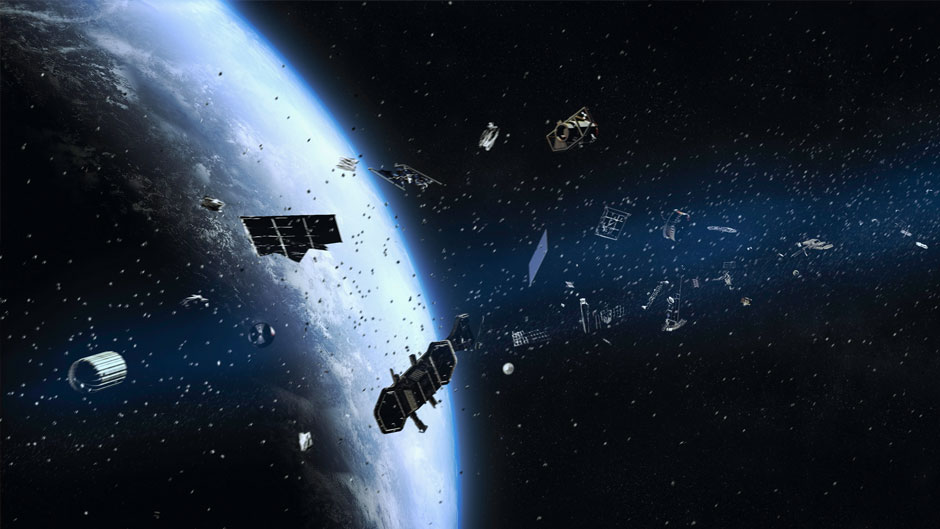While speeding towards each other in their own orbits, an obsolete Russian satellite and a Chinese rocket came in the domain of high risk of collision. However, the collision was avoided. LeoLabs, a satellite tracking company stated that the two large obsolete objects, with a combined mass of around 2800kgs, were moving towards each other on a path of collision in outer space, at a height of 991km from the surface of earth. Soon after that, LeoLabs tweeted that “this event continues to be very high risk and will likely stay this way all through the time of closest approach”.
It was estimated that the collision between the two defunct objects was missed at a distance of 12 meters with a chance of a collision at more than 10%. There was no risk to anyone on earth since the satellite and the rocket were at 991 kilometers (661miles) above the ground and crossed paths above Antarctica’s Weddell Sea. However, the debris that would have been produced due to the possible collision would have risked future collisions with other orbiting materials around the earth. They could have posed risk to the astronauts as well. Collisions between satellites, rockets, and other artificial orbiting structures leads to a bigger problem of space junk, in which case the worst part is that they fragment into smaller objects which can pose a threat to the working satellites.
Such near approaches tending to collision (which was avoided in this case) which can create space debris are getting more common for companies like OneWeb and SpaceX which have planned for the launch of constellations of satellites. Space debris is defunct parts of human-made objects which are no longer in use, and which keep floating in space (moving in an orbit around the earth). Such space debris has the potential of a collision which can create further smaller debris in a phenomenon known as the Kessler effect.
Jonathan McDowell, an astronomer, has estimated that the amount of debris that the collision would have created would have had a yield equal to 14 tonnes of TNT. Since both of the satellites were defunct, there was no chance of controlling either of the two. The CEO of LeoLabs, Dan Ceperley, stated that if it had turned into a collision, there would have probably been thousands to tens of thousands of new pieces of debris which could have caused a headache for any satellite that was going out into upper lower-Earth orbit or even beyond. There have been a growing number of problems arising for the astronomers in terms of the increasing amount of debris in Earth’s orbit. According to an estimate by the European Space Agency, there are around 128 million pieces of debris revolving in orbits around the earth and about 34000 of those objects are larger than 10cm.
The most worrying part is that countries are now intentionally testing their anti-satellite missiles in a power display which further can create more debris in space. Countries like Russia, China, and the US have all launched such missiles. In 2019, even India had successfully test-fired an Anti-Satellite Weapon that had created about 6500 pieces of space debris. According to NASA, two specific events have created 70% of orbital debris around the earth in the lower exosphere. One was the deliberate destruction of the Chinese Fengyun-1C spacecraft in 2007 and the other was the unfortunate collision between an American and a Russian spacecraft in 2009. Both of these have increased the risk of collision for spacecrafts operating in low Earth orbit.
The author is a student member of Amity Centre of Happiness.





